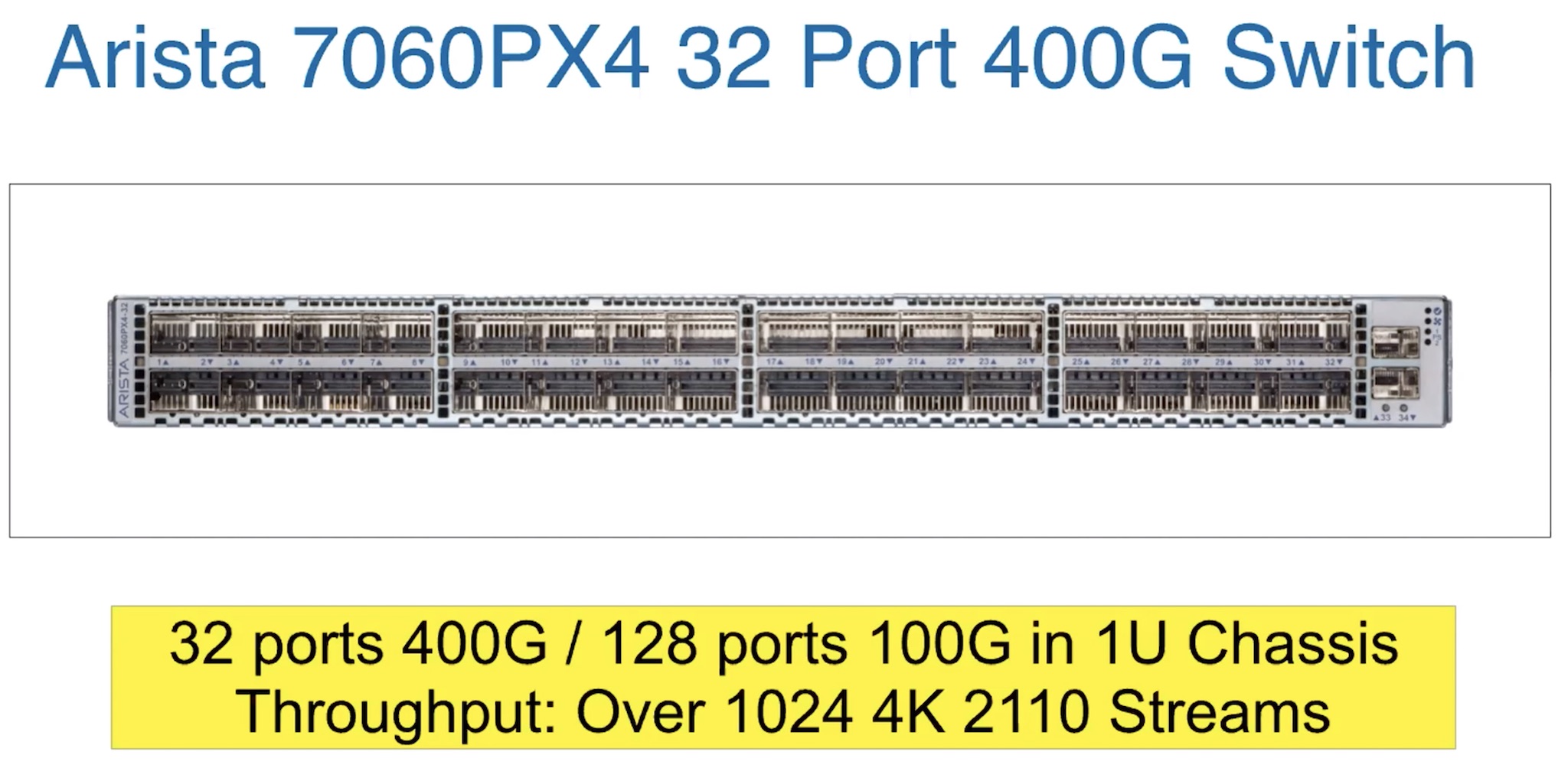
Andy Bechtolsheim from ARISTA Networks gives us an in-depth look at the stats surrounding online streaming before looking closer to home at uncompressed SMPTE ST 2110 productions within the broadcaster premises. Andy tracks the ascent of online streaming with over 60% of internet traffic being video. Recently, the number of consumer devices which have been incorporating streaming functions, whether a Youtube/Netflix app or a form of gaming live streaming has only continued to grow. Within 5 years, it’s estimated that each US household, on average, will be paying for over three and a quarter SVOD subscriptions.
SARS-CoV-2 has had its effect on streaming with Netflix already achieving their 2023 subscriber number targets and the 8-month-old Disney+ already having over 50 million subscribers over the 15 territories they had launched in by May; it’s currently forecast that there will be 1.1 billion SVOD subscriptions in 2025 globally.
The television still retains pride of place in the US both in terms of linear TV share and the place to consume video in general, but Andy shows that the number of households with a subscription to linear TV has dropped over 17% and will likely below 25% by 20203. As he draws his analysis to a close, he points out how significant an effect age has on viewing. Two years ago viewing of TV by over 65s in the US had increased by 8% whereas that of under 24s had fallen by a half.
The second part of Andy’s keynote talk at the 2020 EBU Network Technology Seminar covers The Future of IP Networking. In this, he summarises the future developments in network infrastructure, IP production and remote production. Looking at the datacentre, Andy shows that 2017 was the inflexion point where 100G networking took over 40G in deployed numbers. The next big stop, 400G, has just started to take off but is early and may not make 100G numbers for a while. 800 gig links are forecast to start being available in 2022. This is enabled, asserts Andy, by the exponential growth in speed of the underlying chips within switches.
Andy shows us an example of a 1U switch which has a throughput of over 1024 UHD streams. If we compare this with a top-end SDI router solution, we see that a system that can switch 1125×1125 3G HD signals takes two 26RU racks. Taking 4 signals per UHD signal, the 1U switch has 3.6 times the throughput than a 52U SDI system. He then gives a short primer on 400G standards such as 400G for fibre, copper etc. along with the distance they will reach.
Now looking towards The New IP Television Studio Andy lays out how many SDI streams you can get into 100G and 400G links. For standard 3G HD, 128 will fit into 400G. Andy discusses the reduction in size of routers and of cabling before talking about examples such as CBC. Finally, he points out that with fibre, round trip times for 1000km can be as low as 10ms meaning that, any European event can be covered by remote production using uncompressed video such as the FIS World Ski Championships. We’ve seen, here on The Broadcast Knowledge that even if you can’t use uncompressed video, using JPEG XS is a great, low-latency way of linking 2110 workflows and achieving remote production.
Watch now!
Speakers
 |
Andy Bechtolsheim Founder, ARISTA Networks |


